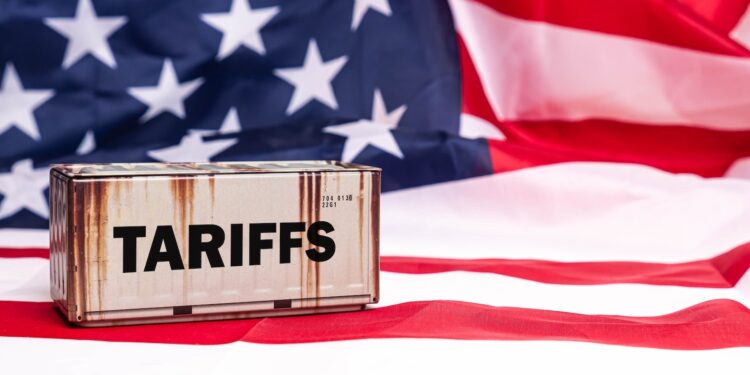Apple expects additional costs of $900 million in the current quarter – due solely to the current US tariff policy under Donald Trump. The trade measures are hitting the company at a key point: the supply chain. CEO Tim Cook spoke openly about the impact of the tariffs on Apple during the quarterly earnings call. The second quarter of 2025 will be particularly affected. Learn more about what this means and how Apple is responding here.
As a user, you usually have little idea where your iPhone, iPad, or Mac comes from. But at Apple, production locations, customs regulations, and government decisions are closely intertwined. And that's exactly what's causing problems. While Apple is trying to absorb rising costs, here's a detailed overview of what's behind the numbers—and how Apple is responding.
Tariffs hit Apple in the middle of the quarter
According to Tim Cook, Apple expects additional costs of $900 million between April and June if the U.S. government's current tariff policy remains unchanged. This estimate is based on existing global tariffs, particularly the 20 percent IEEPA tariff on Chinese imports, which has been in effect since February. According to Apple, the impact of the tariffs was still minimal in the first quarter, from January to March. This is because Apple managed its inventory and supply chain in such a way that the new tariffs had little impact. But now, with the start of the new quarter and the full effects of the measures, costs are rising significantly.
Apple shifts production away from China
To mitigate the consequences, Apple has been implementing exemptions for key product categories since mid-April. The iPhone, iPad, and Mac are affected. A large portion of the devices sold in the US in the June quarter were already imported in February – at that time still subject to the full tariff rate for Chinese goods. These imports are therefore now subject to the full tariff rate. In the current quarter, however, Apple expects that the majority of products sold in the US will no longer come from China. According to Cook, most iPhones in the US now come from India. iPads, Macs, Apple Watch, and AirPods mostly come from Vietnam. Apple wants to further reduce the tariff burden by doing this, because the highest tariffs affect imports from China.
China remains important – but not for everything
Important: For the rest of the world, China remains the main production country. Apple is deliberately shifting its supply chains to the US market because tariff measures are effective there. For Europe and other regions, China remains central. Thus, the burden on end customers depends heavily on the market.
No forecast for the future
Cook emphasized that it's difficult to make predictions for future quarters. The development of tariffs is unclear, and changes in US trade policy could further exacerbate or mitigate the situation. The current $900 million only relates to the current quarter—and even that could change, Apple said.
Apple responds to tariffs by relocating production
Apple expects significant additional costs for the current quarter due to Trump's tariffs. CEO Tim Cook estimates that $900 million is possible if current policies remain unchanged. Apple is trying to reduce the burden by shifting its supply chains to countries like India and Vietnam – at least for the US market. In other regions, China remains an important production location. Time for fresh accessories? Visit our Amazon Storefront and discover a wide selection of products from leading manufacturers, including HomeKit-compatible ones! (Image: Shutterstock / Tama2u)





